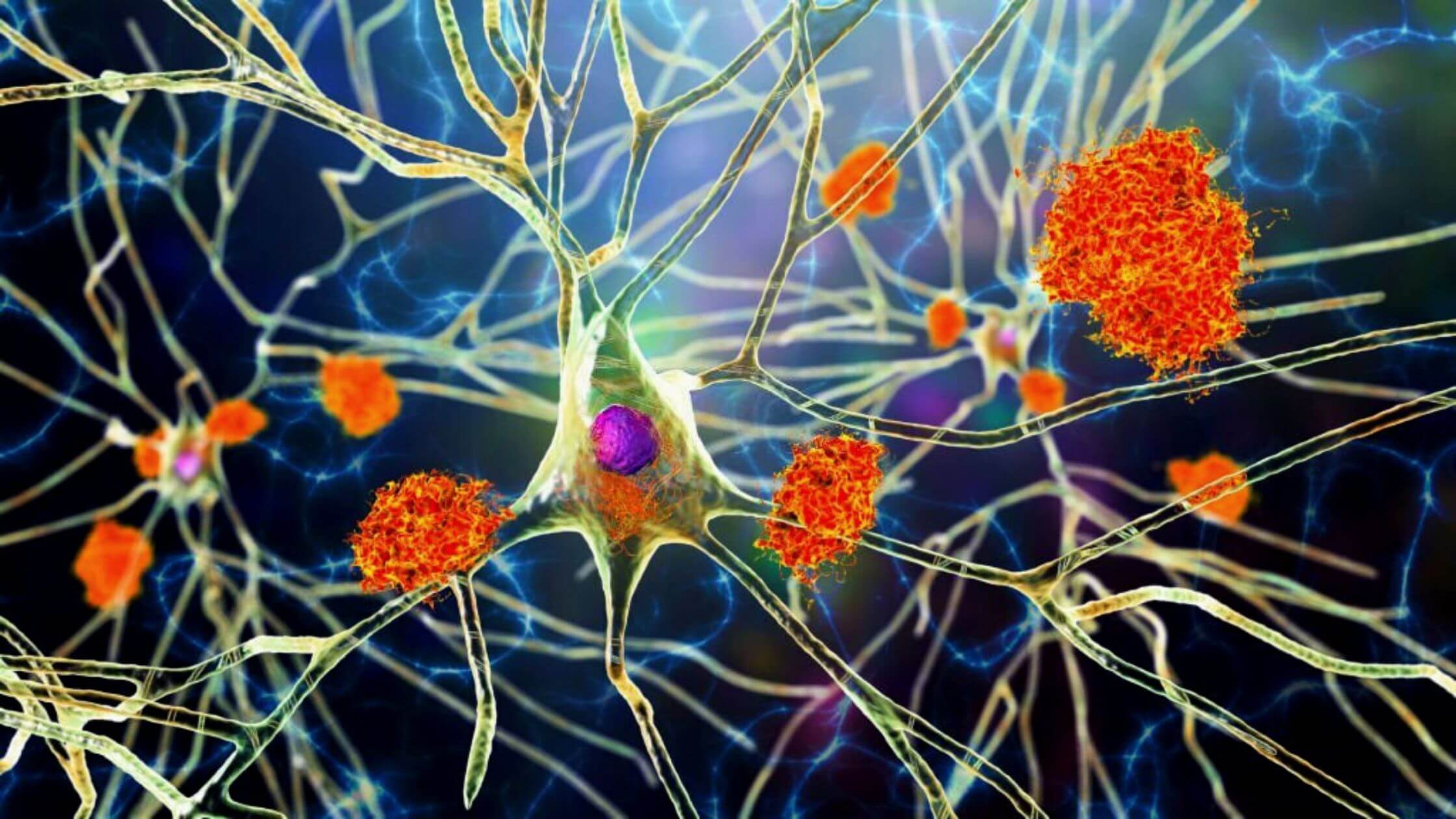FIBCD1 Newly Identified A Receptor Gene On Neuro-Developmental Disorders
Nikki Attkisson | Last Updated : August 4, 2022A new and rare neurodevelopmental condition has been linked to a newly discovered gene, known as FIBCD1, which was discovered by Vanja Nagy (LBI-RUD/CeMM/Medical University of Vienna) and Josef Penninger (UBC/IMBA).
What Do They Indicate?
There were indications of a novel function for the FIBCD1 gene in the brain and a possible role in diseases such as autism, ADHD, schizophrenia, and neurodegenerative disorders such as Alzheimer’s based on data from two young patients with neurological symptoms.

The extracellular matrix of the brain and the disorders it is connected with are now better understood as a result of this research. When it comes to supporting and instructing brain activity, the ECM (extracellular matrix) is the brain tissue that forms a meshwork around cells.
ECM
Brain cells require ECM stability to function properly, including long-term memory storage, and the ECM accounts for around a fifth of the brain’s total volume. Few ECM signaling receptors have been discovered so far, but no link to a congenital neurological disorder was found.
Scientists from two groups—Vanja Nagy’s group from the Ludwig Boltzmann Institute of Rare and Undiagnosed Diseases (LBI-RUD), the CeMM Research Center for Molecular Medicine (OeAW), and Josef Penninger’s group from the University of British Columbia (UBC) and the Austrian Academy of Sciences (OeAW)—have discovered that the ECM “sugar” comp is FIBCD1 and that it is a receptor for this sugar-based ECM protein.
“Before this, we were only aware of FIBCD1’s role in the immune system, and it had never been explored in relation to our central nervous system.
The brain has a high level of FIBCD1 expression, and this protein binds to sugar molecules. To explain this, we hypothesized that the receptor would be involved in brain function via ECM binding and/or signaling because of the ECM’s predominance in sugar “The study’s lead researcher, Vanja Nagy, explains this.
Patients with neurological diseases often have mutated FIBCD1 receptors to blame.
For the first time, Christopher Fell (LBI-RUD/CeMM) and Astrid Hagelkruys (IMBA) have shown that the brain’s FIBCD1 protein is really an ECM receptor through the use of knockdown fly and knockout mouse models, as well as a number of in silico and in vitro investigations.
They found that in animal models with a FIBCD1 deficiency, behavioral problems and cellular malfunction resulted.
As a result, Fell and Hagelkruys were able to deduce that FIBCD1 deficiency variations could also cause neurological problems in humans. Data from two young individuals with neurodevelopmental symptoms, one from China and one from the United States, who had no diagnosis prior to FIBCD1’s expression and function in brain neurons are also consistent with this result.
Autism spectrum disorder (ASD) and attention deficit hyperactivity disorder (ADHD), as well as developmental delays, linguistic difficulties, and structural abnormalities of the brain, plague both of these individuals. An alteration in FIBCD1 was found in both patients, paving the way for further research and a definitive diagnosis in both cases.
When FIBCD1 and the brain are linked, additional questions arise.
Vanja Nagy says that in animal models, FIBCD1 inactivation causes “massive neuronal functional perturbation.”
“We found that the FIBCD1 mutations found in each of the patients were functionally inactive, meaning that they failed to bind sugars. Consequently, we have concluded that a likely root cause of the patient’s illness may lie in this process.”
One guy had anatomical abnormalities in his brain, whereas the other had not. Despite this, their symptoms were strikingly different. In order to have a clearer picture of FIBCD1’s role in the central nervous system, a considerably bigger study cohort is needed,” Nagy said in an interview.
More From Powdersvillepost:
Homeopathy Is Effective In Treating Neuro Conditions: Data Shows!!
Common Thread May Be Linked To Several Neurodegenerative Diseases
The importance of close cooperation in the study of uncommon diseases
On one side, the discovery and characterization of FIBCD1 in the brain have greatly aided our knowledge of ECM, making this study a significant scientific milestone.
It also illustrates the high level of collaboration required to research rare diseases: a total of 29 experts from 24 institutions in seven countries worked together to identify a new gene, FIBCD1, which was found to be likely responsible for neurodevelopmental symptoms or signs in two unrelated patients from different countries. countries. experts.
“The diagnosis of patients with rare diseases is of critical or vital relevance to both the patients and the medical community as a whole. Many more common ailments can be treated more effectively thanks to this research
A new and rare neurodevelopmental condition has been linked to a newly discovered gene, known as FIBCD1, which was discovered by Vanja Nagy (LBI-RUD/CeMM/Medical University of Vienna) and Josef Penninger (UBC/IMBA).
There were indications of a novel function for the FIBCD1 gene in the brain and a possible role in diseases such as autism, ADHD, schizophrenia, and neurodegenerative disorders such as Alzheimer’s based on data from two young patients with neurological symptoms.
The extracellular matrix of the brain and the disorders it is connected with are now better understood as a result of this research.
When it comes to supporting and instructing brain activity, the ECM (extracellular matrix) is the brain tissue that forms a meshwork around cells.
References:
National Library of Medicine(n.d)Neurodevelopmental disorders—the history and future of a diagnostic concept (Available online):https://www.ncbi.nlm.nih.gov/pmc/articles/PMC7365295/
Western Michigan University, USA(2022)About Neurodevelopmental Disorders and Autism Spectrum Disorder(Available online):https://wmich.edu/unifiedclinics/aboutasd
With over 15 years as a practicing journalist, Nikki Attkisson found herself at Powdersville Post now after working at several other publications. She is an award-winning journalist with an entrepreneurial spirit and worked as a journalist covering technology, innovation, environmental issues, politics, health etc. Nikki Attkisson has also worked on product development, content strategy, and editorial management for numerous media companies. She began her career at local news stations and worked as a reporter in national newspapers.
